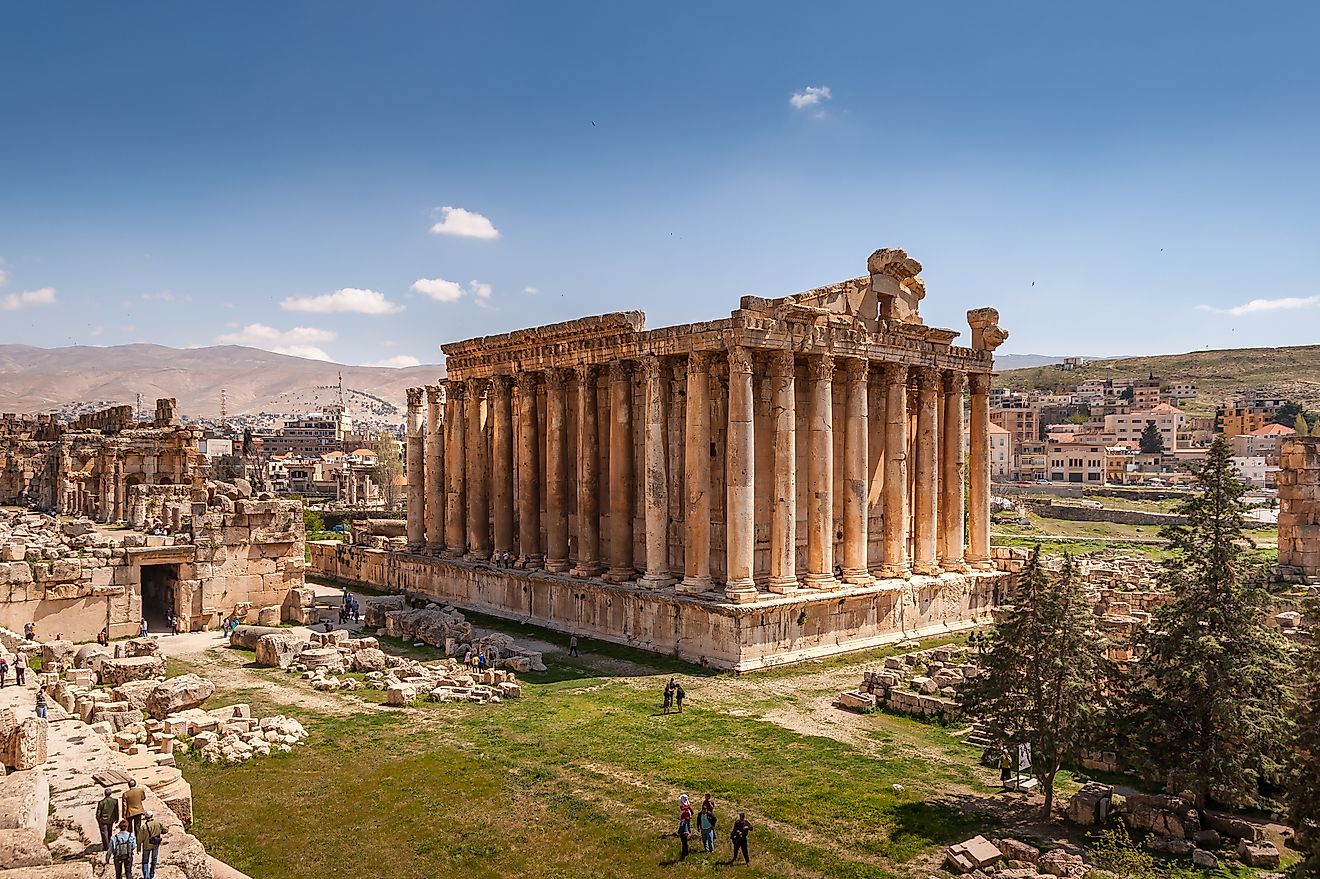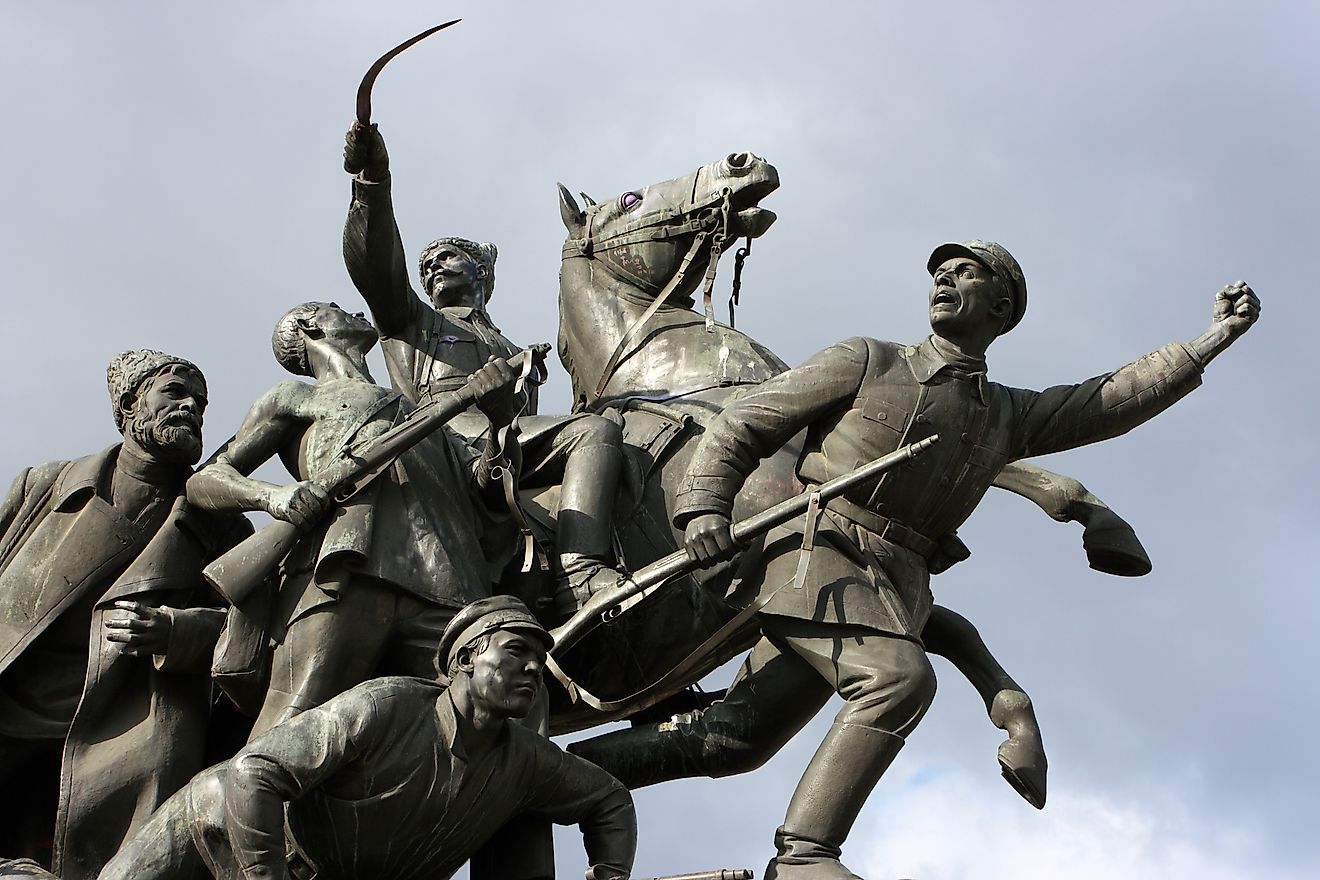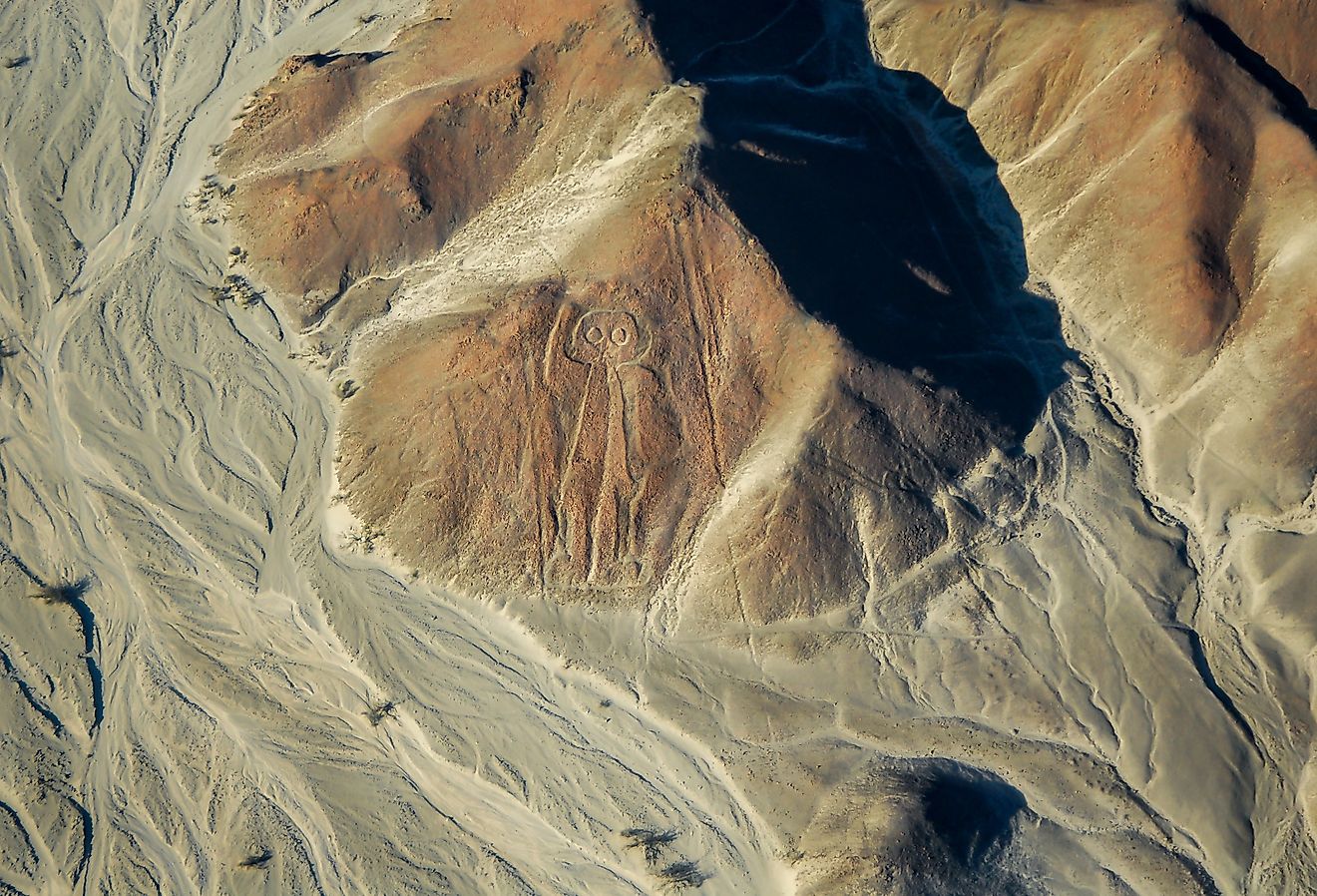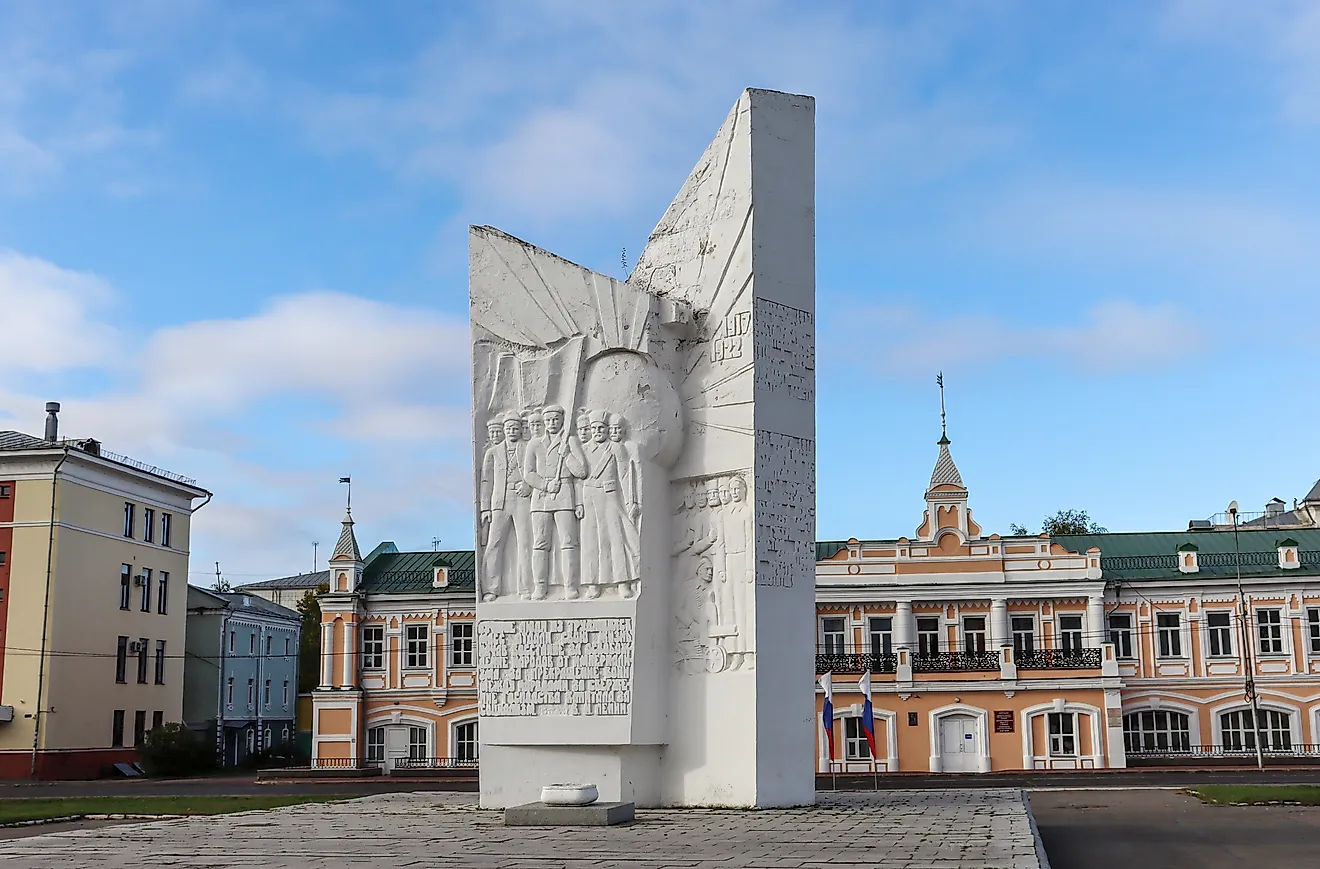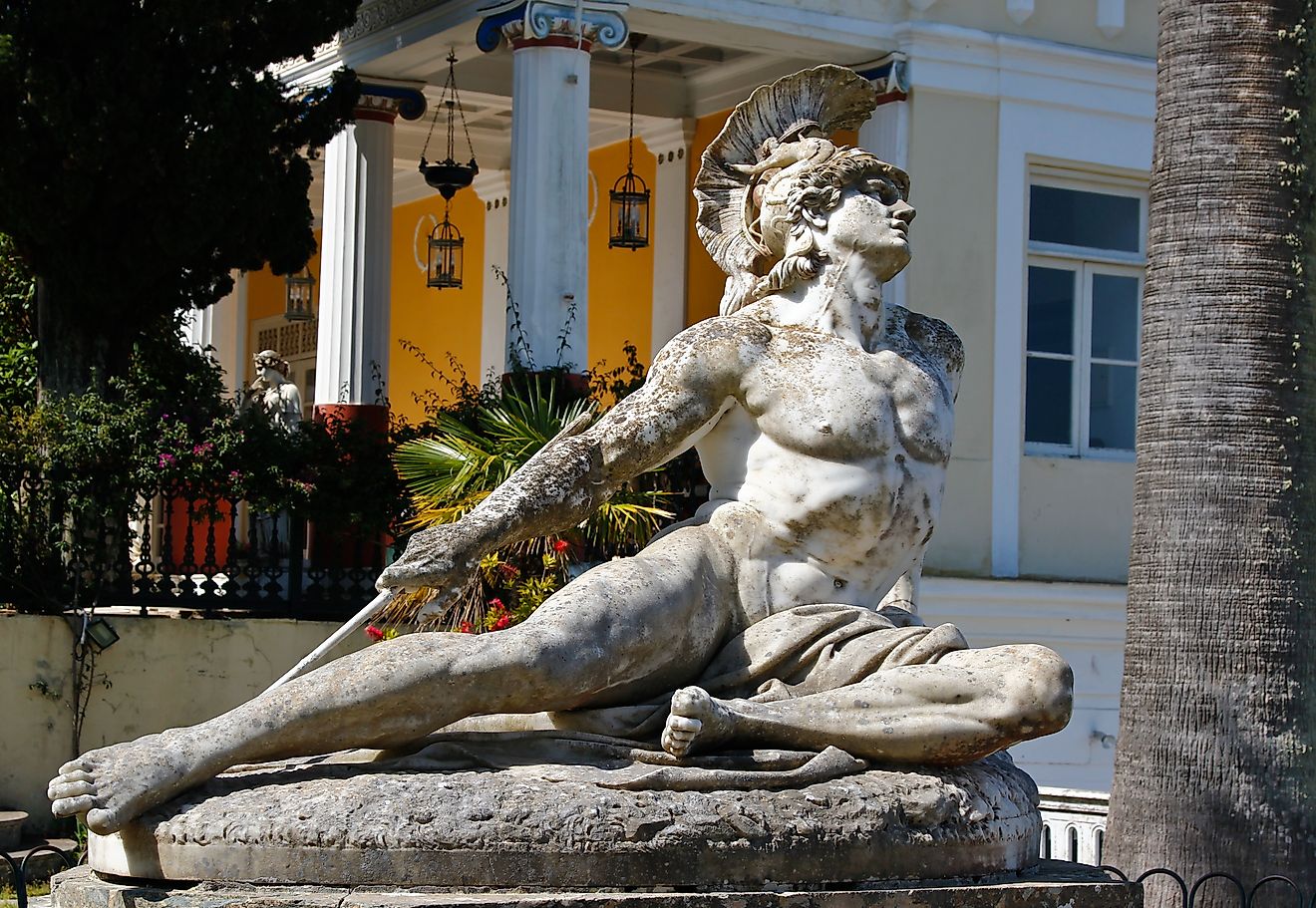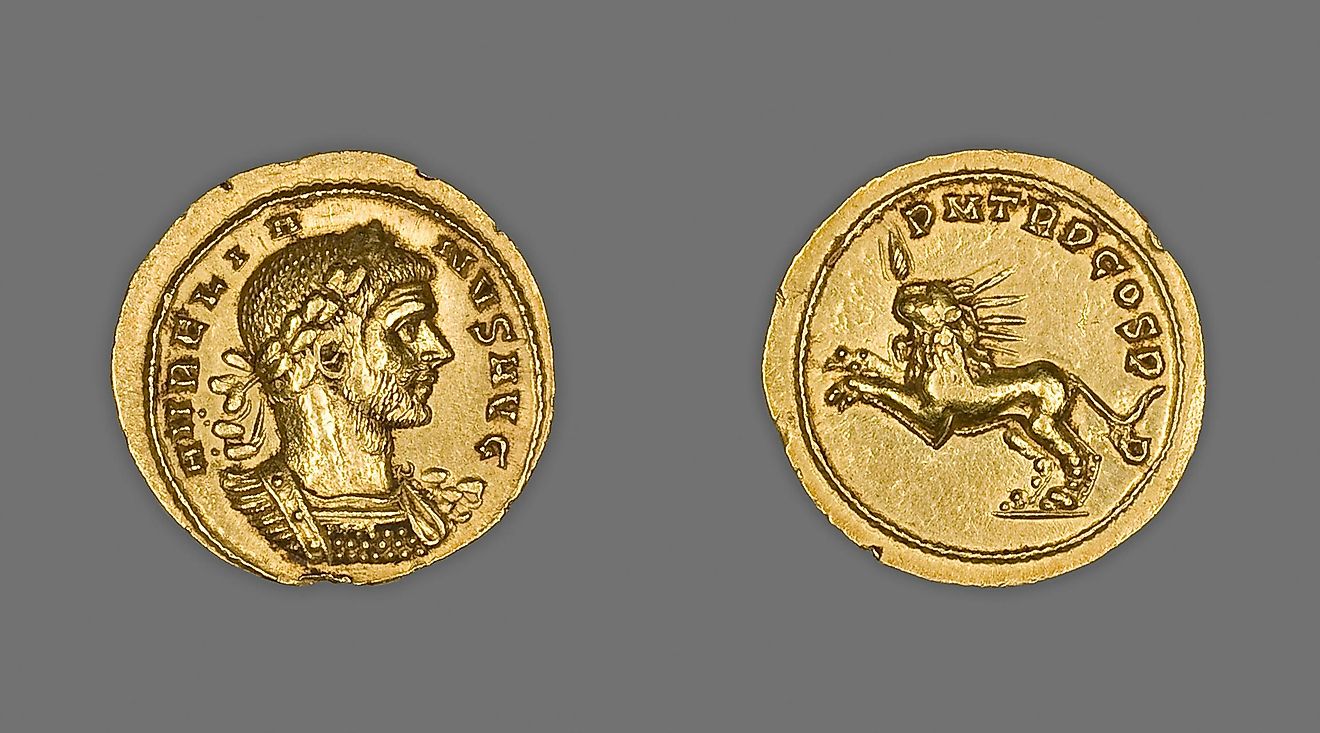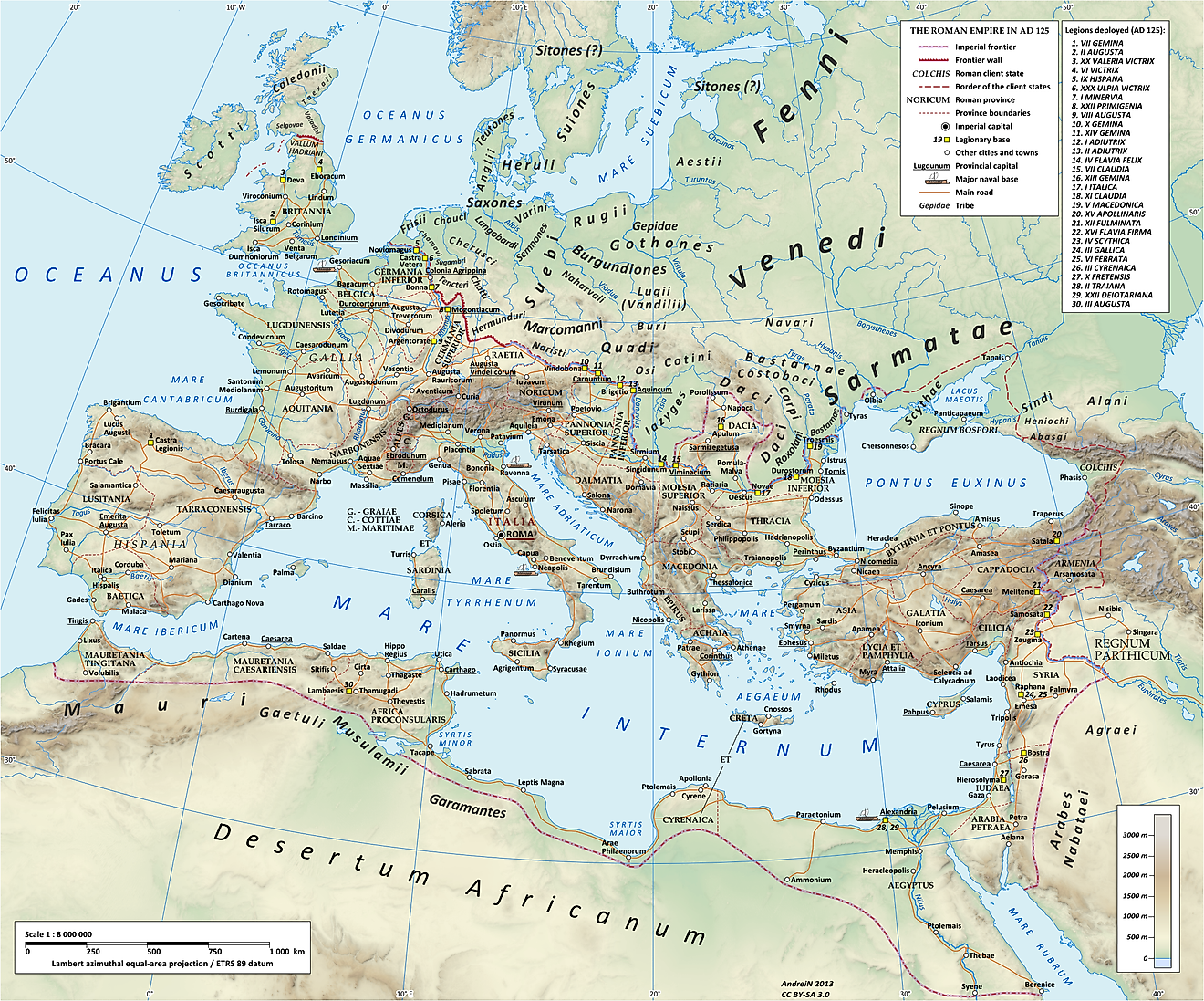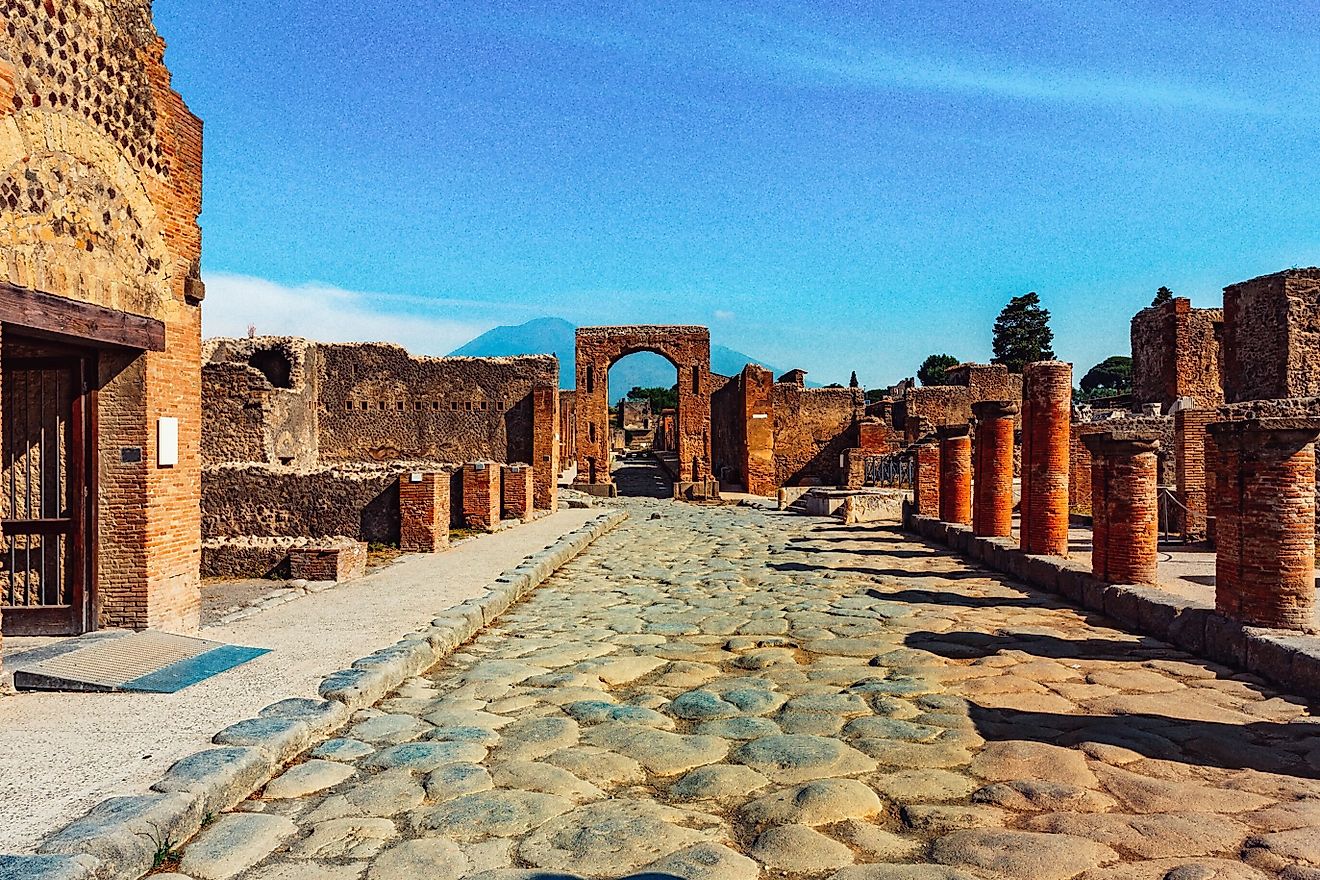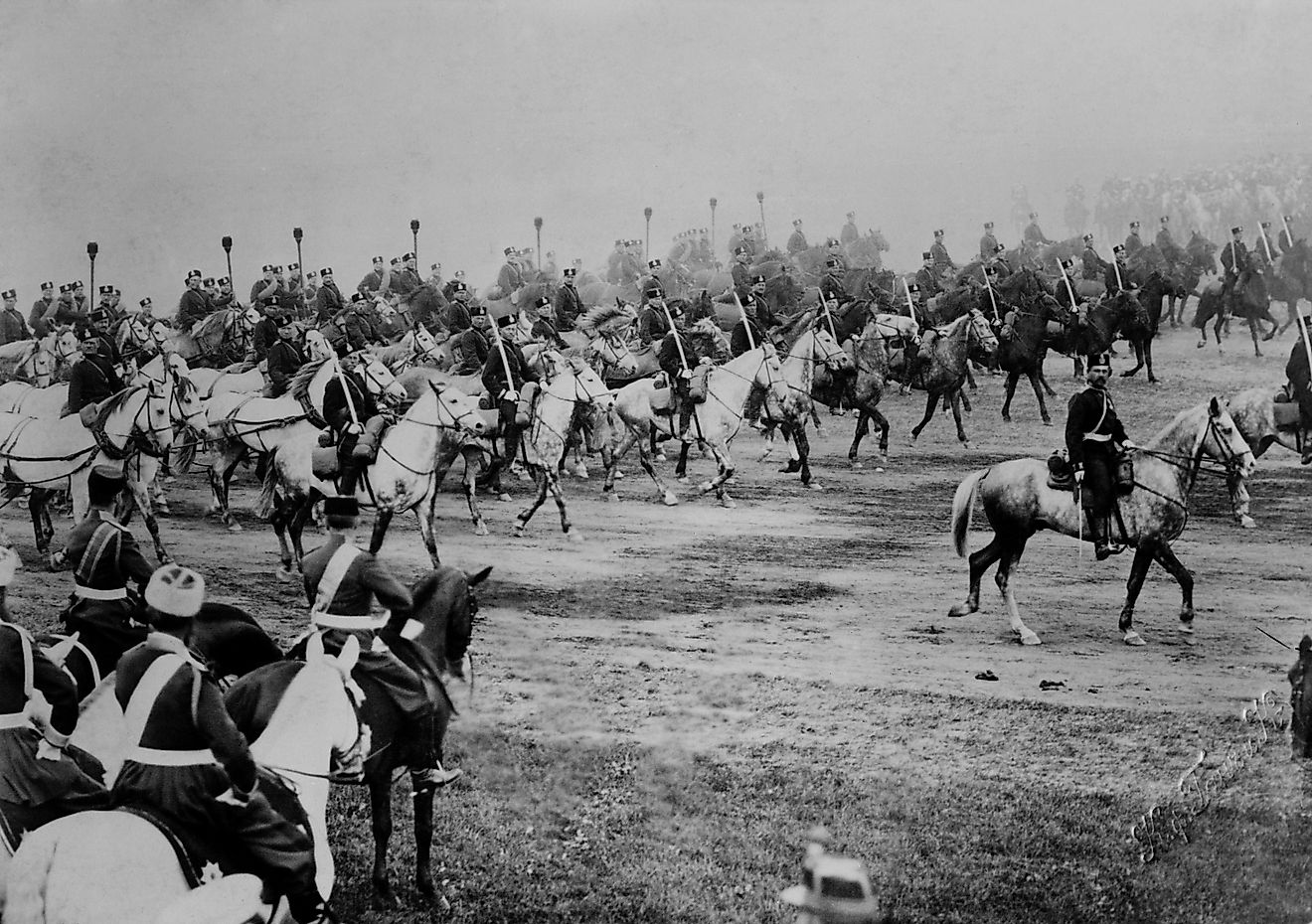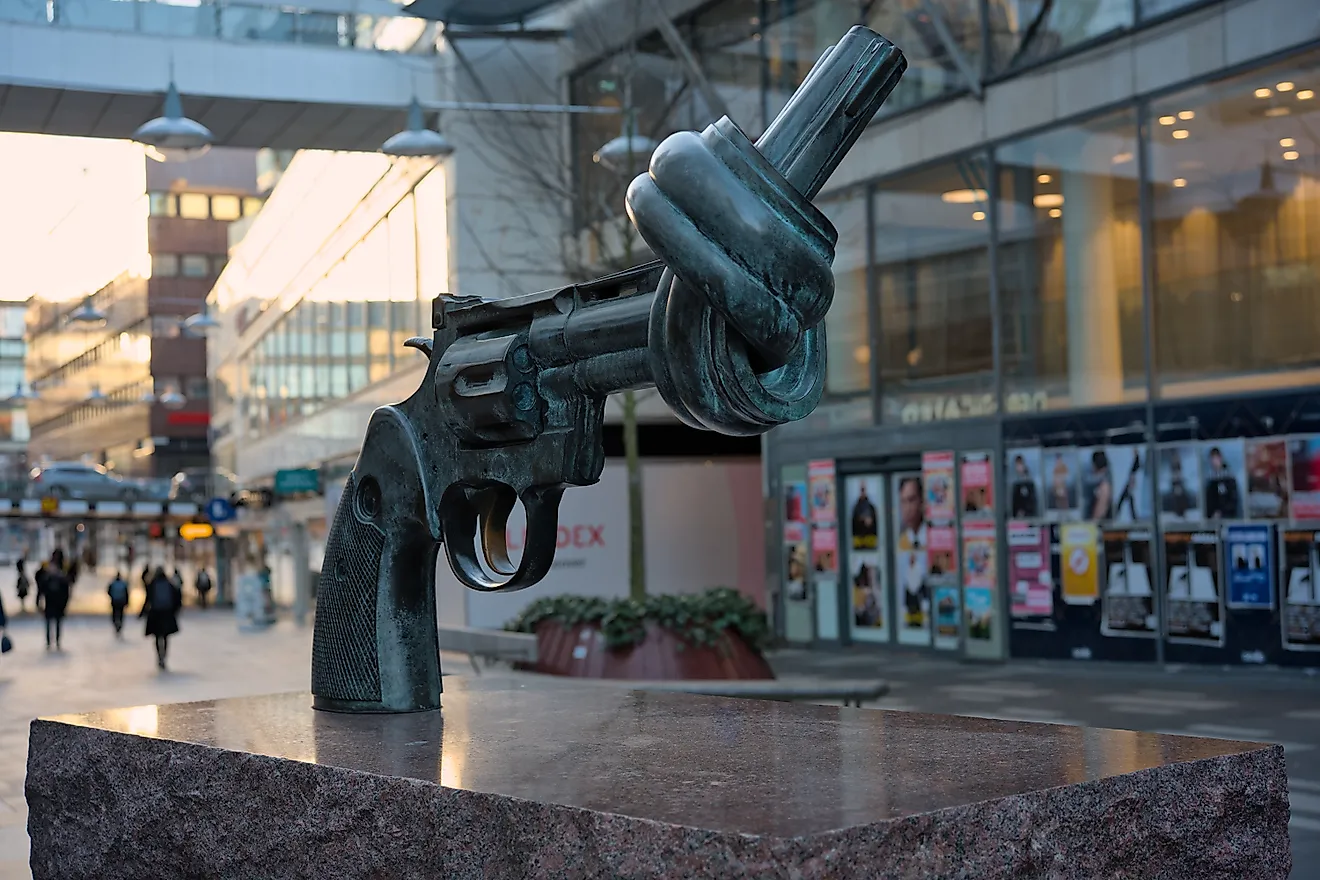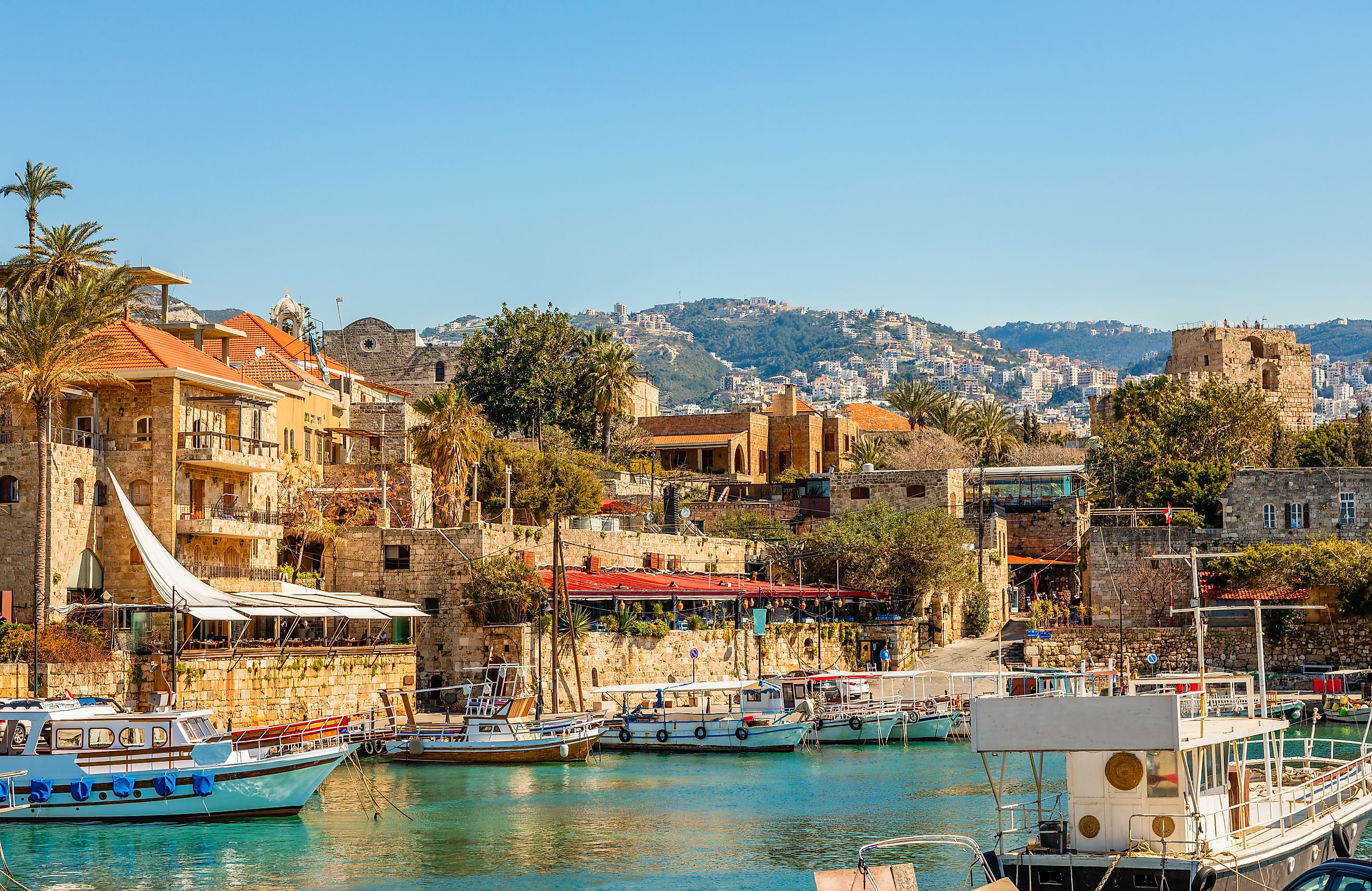
12 Of The Oldest Continuously Inhabited Cities In The World
Exploring the origins of urban development takes us back thousands of years to the dawn of civilization. Damascus, Syria, often recognized as one of the oldest continuously inhabited cities in the world, was established around 3000 BC. Nearby, Jericho in the West Bank of Palestine offers a glimpse into human settlement from about 11,000 years ago, with its 23 distinct layers of ancient habitation. Further down the Nile, Faiyum, Egypt, founded around 4000 BC, continues to function as a lively center of commerce amidst relics of bygone dynasties.
The evolution of agriculture allowed such early communities to flourish near fertile farmlands and vital waterways, turning them into thriving hubs of trade and culture. Regions like Mesopotamia, located between the Tigris and Euphrates, and other fertile river valleys in Egypt and India became the bedrock of urban life. Although some of the earliest cities, such as the ancient Sumerian city of Eridu, have faded into the annals of history, many others have endured through the ages, witnessing countless chapters of human progress. These cities, continuously inhabited through millennia, offer a profound connection to our past, as we explore the living legacies of the world's oldest cities.
Jericho, Palestine (c. 9000 BC)

Jericho, located in the West Bank, is one of the oldest continuously inhabited cities in the world, with evidence of settlements dating back to around 9000 BC. Archaeological finds in Jericho are pivotal in understanding the transition from nomadic lifestyles to permanent settlements and the beginnings of agriculture. The city is noted for its significant archaeological sites, including traces of Mesolithic hunters and the remnants of a Neolithic community that constructed a massive stone wall and tower around their town, indicating advanced organizational skills and a shift towards urban living.
This early settlement, supporting a population of 2,000-3,000 people, showcases some of the earliest evidence of agriculture, including the cultivation of wheat and barley. Around 7000 BCE, Jericho was inhabited by a new group of settlers who introduced different Neolithic practices. The city saw periods of sparse occupation until the end of the 4th millennium BCE when urban culture re-emerged, and Jericho became a walled town once again.
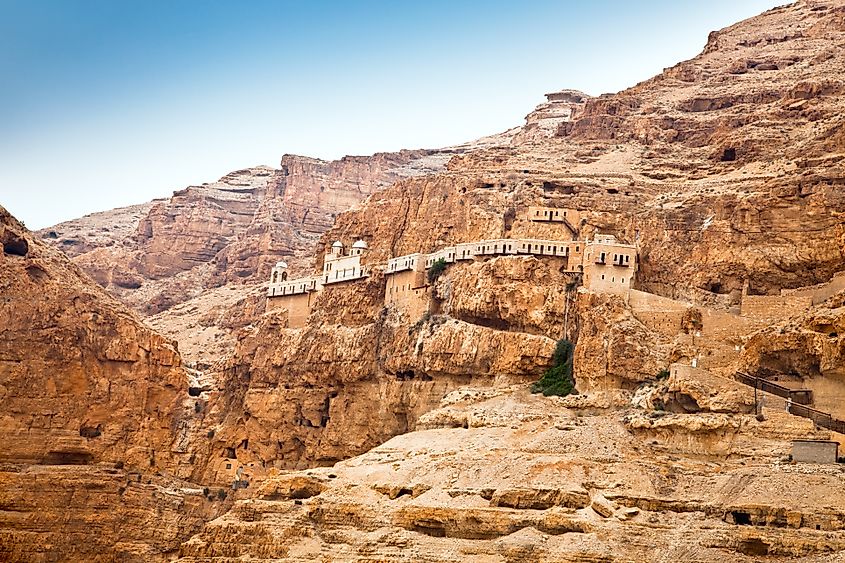
Historically, Jericho is significant in biblical narratives as the first city attacked by the Israelites under Joshua's leadership. Throughout its long history, Jericho has seen various phases of occupation and abandonment, influenced by different cultures and peoples, including the Amorites and Canaanites, who reintroduced urban life around 1900 BCE. The modern city of Jericho continues to develop, retaining its historical and cultural heritage as part of its identity.
Plovdiv, Bulgaria (c. 6000 BC)

Plovdiv, Bulgaria's second-largest city, is known for its location in the fertile region of south-central Bulgaria on the Maritsa River, Plovdiv boasts a cultural and architectural tapestry woven through millennia. The city’s journey began over 8,000 years ago with Neolithic settlements, evolving through hands of Thracians, Macedonians, Romans, and Ottomans, each layering their own cultural imprints.
Plovdiv's most storied epithet, "The City of the Seven Hills," is derived from the syenite hills upon which it was founded, adding to its historical and geographic distinctiveness. It has been a vital economic and cultural nexus, famed for its Roman theatre, aqueduct, and stadium, along with Byzantine and Ottoman monuments that narrate tales of its rich past.
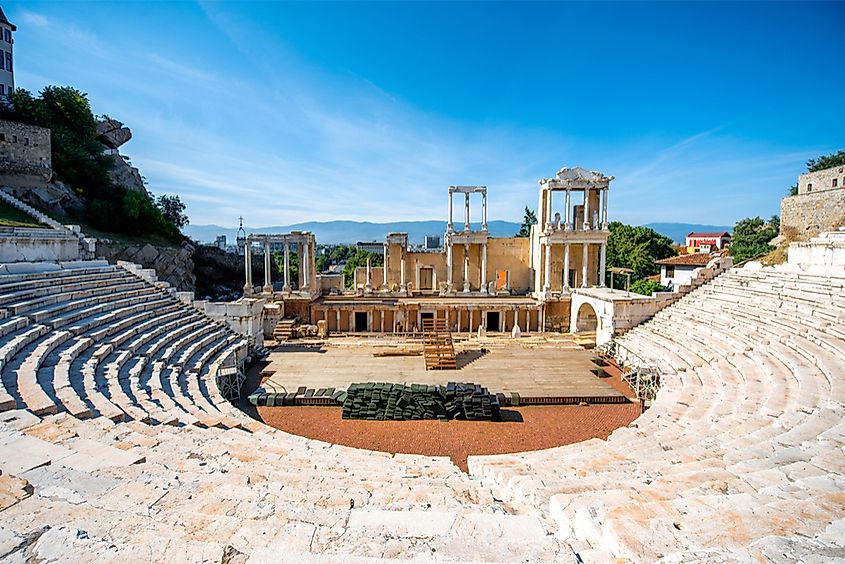
In modern times, Plovdiv was designated a European Capital of Culture twice. It is adorned with many preserved ruins and hosts a plethora of cultural events, such as international fairs and festivals, enriching its historical charm with contemporary vibrancy. Notably, the American College of Sofia, founded here in 1860, marks Plovdiv's long-standing influence on education and culture.
Aleppo, Syria (c. 5000 BC)

Aleppo is the capital of Aleppo Governorate in Syria. Historically, it was a vital trading center located between the Mediterranean Sea and Mesopotamia, making it a crucial point on the Silk Road. This status contributed to its varied cultural heritage and economic prosperity through various periods, including under the Ottomans when it was the third largest city after Constantinople and Cairo.
Aleppo's preeminence as a trading hub declined with the opening of the Suez Canal and the loss of its northern hinterlands and rail connections post-World War I. These events, combined with the increasing prominence of Damascus, helped preserve the old city's medieval architecture and historic sites, contributing to its designation as an Islamic Capital of Culture in 2006.
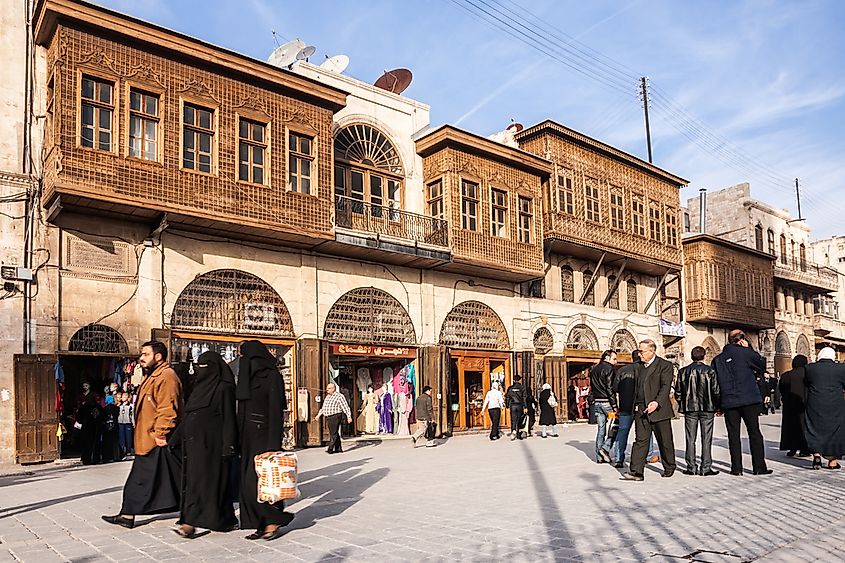
The city's long history includes occupation by Amorites by the third millennium BC, and it has been mentioned in cuneiform tablets from Ebla and Mesopotamia. The city's name, Ḥalab, is believed to derive from a Semitic root meaning "to milk," reflecting its agricultural past. Aleppo's rich historical tapestry and its significant architectural sites, including the ancient citadel and the vibrant souqs, underscore its historical and cultural significance. Unfortunately, the Syrian civil war caused considerable damage to Aleppo, impacting its historical sites and population.
Byblos, Lebanon (c. 5000 BC)
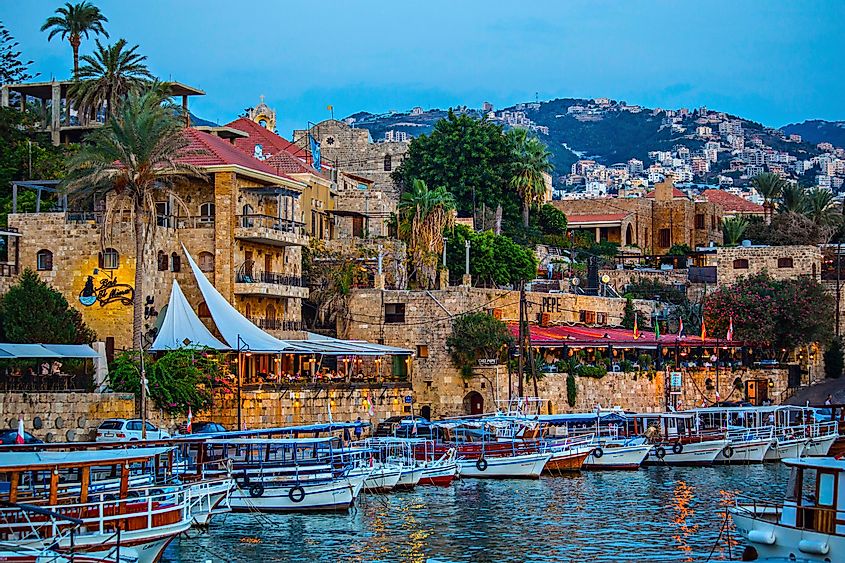
Byblos, known as Jbeil in Arabic, is one of the oldest continuously inhabited cities in the world, located in Lebanon. Human activity in the area dates back as far as 8800 to 7000 BC, with signs of permanent settlement from around 5000 BC. This ancient city has seen influence from multiple civilizations including the Egyptians, Phoenicians, Assyrians, Persians, Greeks, Romans, Genoese, Mamluks, and Ottomans.
Byblos played a pivotal role in the development of the Phoenician alphabet, which is the precursor to modern Western alphabets. The city's significance is further underscored by its designation as a UNESCO World Heritage Site. Its history reflects a succession of urbanization beginning in the third millennium BC.
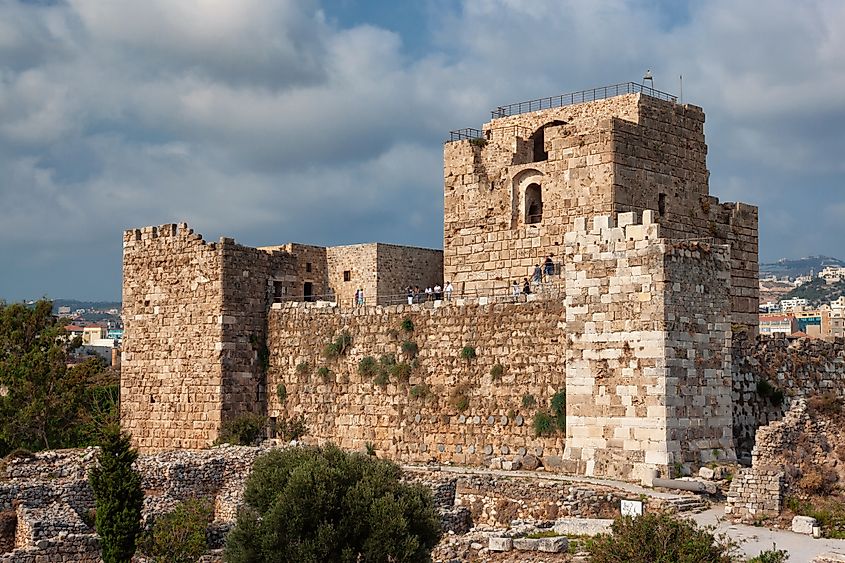
The name Byblos itself is believed to have originated from the Greek word for papyrus, reflecting the city’s importance in the ancient papyrus trade. This etymology also connects to the English word "Bible," indicating the city's long-standing influence on written communication.
Today, Byblos is not only a historical site but also a vibrant city known for its archaeological importance, including ruins from various periods such as the famous Temple of the Obelisks. The city’s ancient port, medieval walls, and historical buildings continue to attract tourists and scholars alike.
Athens, Greece (c. 4000 BC)
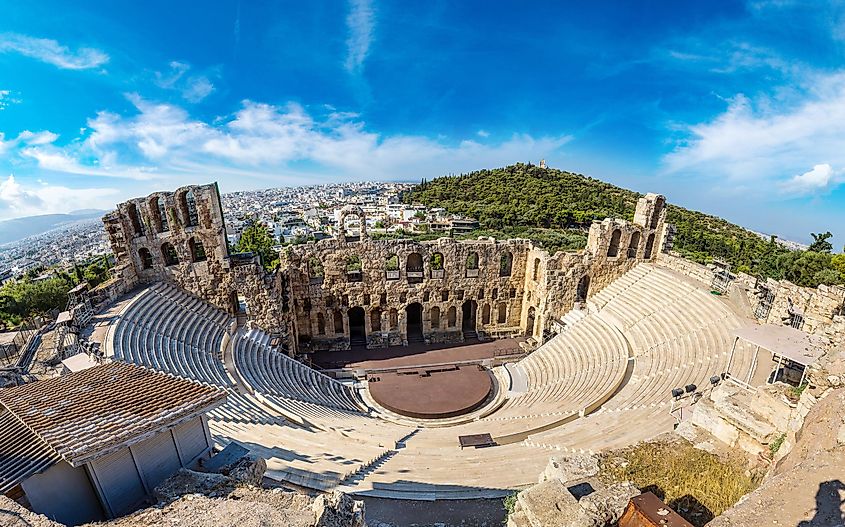
Athens, the capital of Greece, has roots stretching back over 3,400 years. Situated in the Attica region along the Mediterranean coast, Athens has a population of over 3.6 million in its metropolitan area, with the city proper housing about 643,452 people as of 2021.
Renowned as the cradle of Western civilization, Athens was a powerful city-state in classical antiquity, pivotal in the development of democracy, philosophy, and the arts, with notable figures such as Socrates and Pericles. The city's classical heritage is still evident in iconic landmarks like the Parthenon on the Acropolis, symbolizing the zenith of architectural and artistic expression of ancient Greece.

Today, Athens is a fantastic metropolis with historical grandeur and modern dynamism. It serves as Greece's political, cultural, and economic hub, hosting significant institutions, including the National Archeological Museum and the Acropolis Museum. The city's port, Piraeus, is among Europe's busiest, reflecting Athens' ongoing importance as a commercial and maritime center.
Athens has also been pivotal in modern times, hosting the first modern Olympic Games in 1896 and again in 2004. The city's urban landscape features a mix of classical ruins, Byzantine churches, and modern architecture, illustrating a complex history of diverse cultural influences and a legacy of continuous human activity through millennia.
Gaziantep, Turkey (c. 4000 BC)
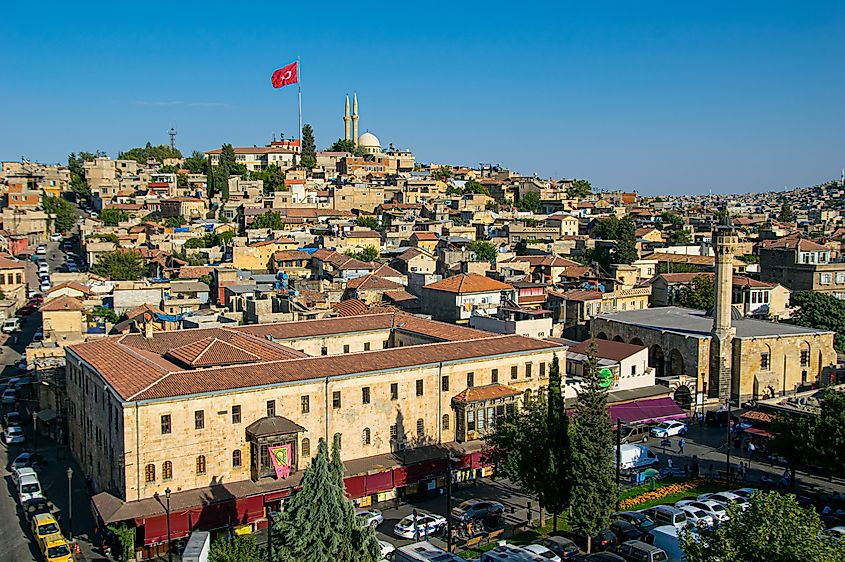
Gaziantep, also known historically as Aintab, is a city in south-central Turkey and serves as the capital of Gaziantep Province. It's located near ancient Antiochia ad Taurum and the historic site of Zeugma, contributing to its rich archaeological significance. As of the 2021 census, Gaziantep had a population of over 2 million people, making it the sixth-most populous city in Turkey. It has a diverse demographic, including ethnic Turks, Kurds, and a significant number of Syrian refugees.
Gaziantep's history is marked by its strategic importance, which has brought many cultures and empires to its doorstep. Throughout history, it has been inhabited by Turkmens, Armenians, Jews, and various other groups. It has also been a focal point in numerous conflicts, including the Franco-Turkish War when it was honored with the title "Ghazi" (warrior) for its resistance.
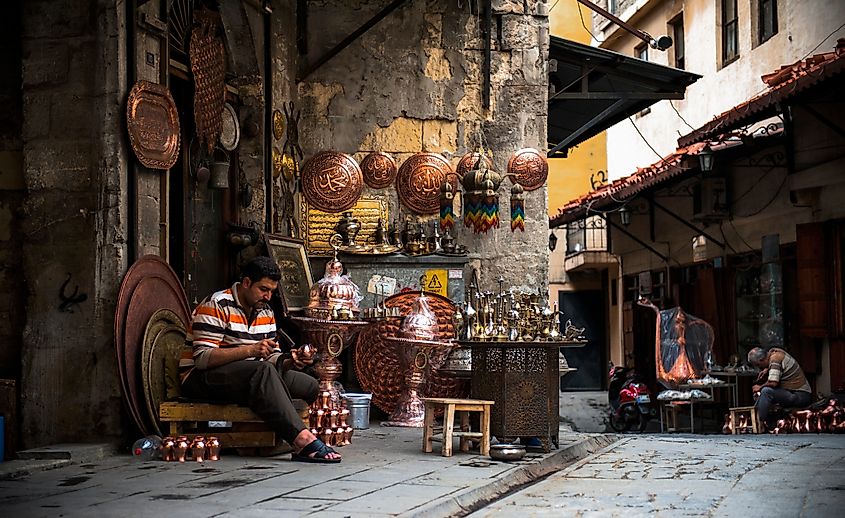
The city has suffered from natural disasters, notably the devastating 2023 Turkey-Syria earthquake, which caused significant damage. Despite this, Gaziantep remains renowned for its rich culinary heritage and as a commercial hub due to its strategic location. It is especially famous for its pistachios and baklava, highlighting its unique cultural and economic significance in the region. Gaziantep also has a dynamic educational scene with several universities and is known for its cultural sites like the Zeugma Mosaic Museum, which displays well-preserved artifacts from the Roman period.
Faiyum, Egypt (c. 4000 BC)

Faiyum, located 100 kilometers southwest of Cairo in the Faiyum Oasis, is one of Egypt's oldest cities and serves as the capital of the modern Faiyum Governorate. Known historically as Shedet, the city is renowned for its archaeological significance, tracing human occupations back to the Epipalaeolithic period. Faiyum's ancient history is marked by its status as a center for the cult of the crocodile god Sobek, leading the Greeks to name it "Crocodile City" (Krokodeilópolis).
During the Ptolemaic period, the city was renamed Arsinoë after Ptolemy II's sister-wife, reflecting its integration into the Hellenistic world. The city flourished with Greek influences, evident from remnants of theaters, palaces, and baths. Under Roman rule, it became part of Arcadia Aegypti province and later a seat of Christian bishopric. The Islamic period saw Faiyum as the seat of governance during the Sasanian control of Egypt.
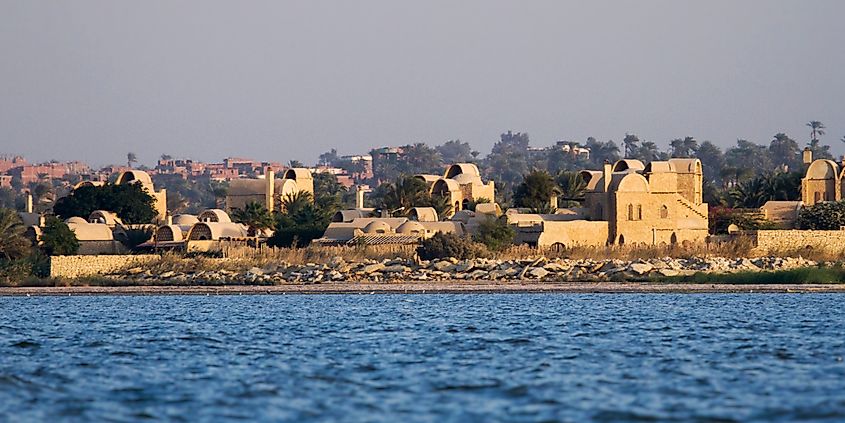
Faiyum is also famous for its mummy portraits, an example of Roman funeral art representing the cultural synthesis of Greek and Egyptian traditions. These portraits illustrate the practice of burial over cremation during Roman times. Additionally, the city has been a focal point for archaeological studies, notably the detailed surveys and excavations by figures such as Gertrude Caton Thompson and teams from UCLA. Today, Faiyum's rich history continues to make it a key site for understanding the development of early urban and agricultural practices in Egypt.
Damascus, Syria (c. 3000 BC)

Damascus, the capital of Syria, holds the title of the world's oldest continuously inhabited city and its oldest capital. Damascus is also considered the fourth holiest city in Islam. Known as the "City of Jasmine," Damascus stands out as a major cultural hub in the Arab world and the Levant.
Geographically, Damascus is on a plateau 680 meters above sea level, surrounded by the Anti-Lebanon mountain range which shields the city from Mediterranean moisture, creating an arid climate. Despite this, the Barada River provides essential water, making the area historically significant for settlement and agriculture since the 3rd millennium BC.
Throughout history, Damascus has seen various periods of prominence and decline. It was the capital of the Umayyad Caliphate between 661 and 750, a peak period before the Abbasids shifted the Islamic capital to Baghdad. However, it regained importance during later periods under different rulers.
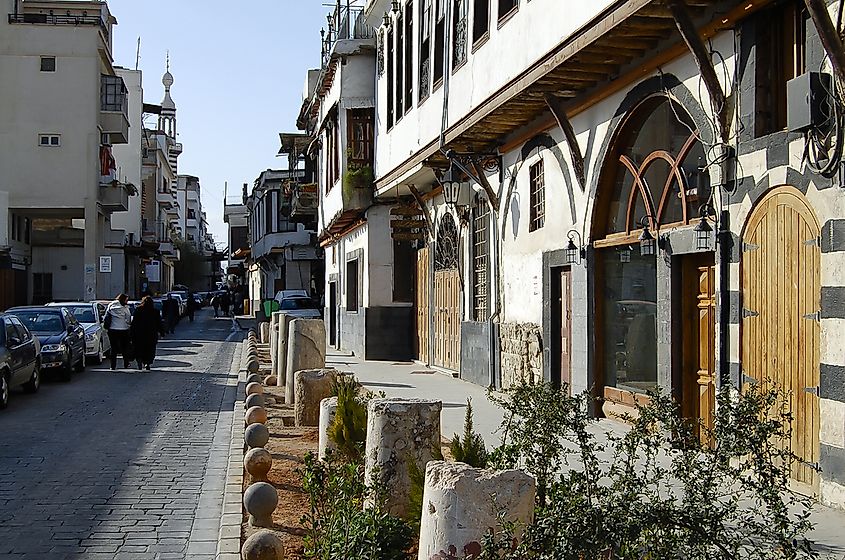
In modern times, Damascus was marked by the Syrian civil war, affecting its infrastructure and global livability rankings. It was considered the least livable city in global rankings by 2019, yet it has seen significant development projects like Marota City and Basilia City aimed at post-war reconstruction.
Damascus' name has evolved over centuries, influenced by different languages and cultures, reflecting its historical and etymological richness. The city's strategic position along key trade routes contributed to its diverse and complex history, showcasing a mix of Roman, Islamic, and modern influences in its architecture and urban design.
Jerusalem, Palestine (c. 3000 BC)
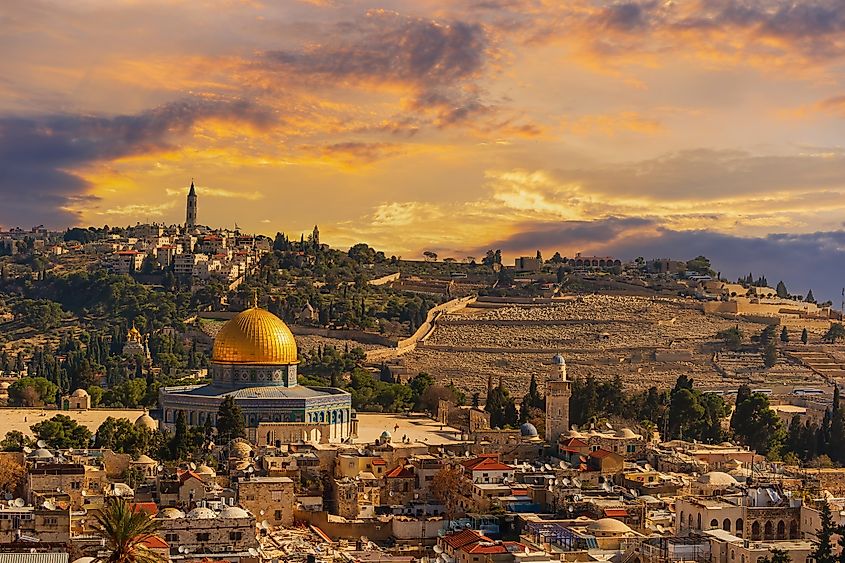
Jerusalem, steeped in millennia of history, is revered by Judaism, Christianity, and Islam. Situated on a plateau between the Mediterranean and the Dead Sea, Jerusalem is one of the world's oldest continuously inhabited cities, with archeological evidence of settlement dating back to the 4th millennium BCE. Throughout its complex history, the city has been destroyed twice, besieged 23 times, and captured and recaptured 44 times.
Originally known as Urusalim on ancient Egyptian tablets, the city's name likely derives from the Canaanite deity Shalem. Significant development occurred in the 10th century BCE when King David conquered it, making it the capital of the United Kingdom of Israel and later the sole capital of the Kingdom of Judah. The religious significance of Jerusalem is profound; it is the site of Jesus’s crucifixion and resurrection, and in Islamic tradition, Muhammad ascended to heaven from here.

Jerusalem's Old City, a UNESCO World Heritage Site since 1981, reflects its diverse history with its Armenian, Christian, Jewish, and Muslim quarters. Despite its sacred status, the city is a focal point of the Israeli-Palestinian conflict, with both Israel and Palestine claiming it as their capital. Internationally, the city's political status remains a contentious issue under international law. Jerusalem continues to grow, with a modern population that reflects its historical diversity.
Multan, Pakistan (c. 3000 BC)
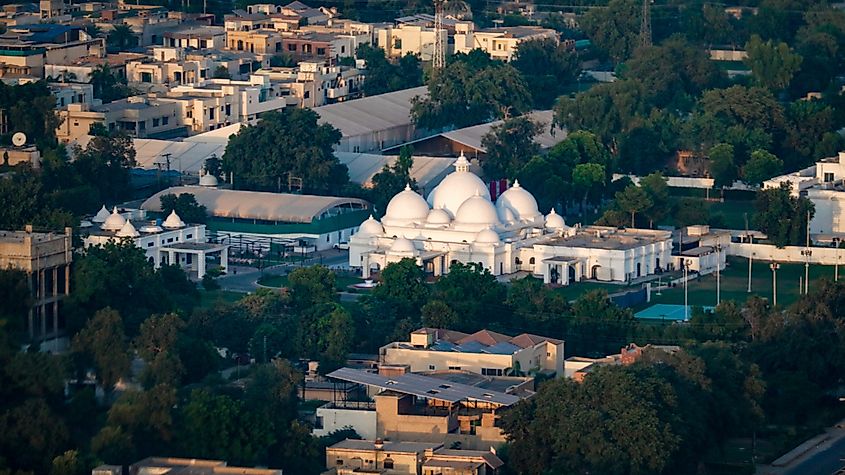
Multan, located in Punjab, Pakistan, is one of the oldest cities in Asia, tracing its origins deep into antiquity. Situated on the Chenab River's bank, it serves as an urban center in the region. With a district population of 5.3 million, Multan is the administrative hub of Multan Division and a significant urban center in southern Punjab.
The city's history features a timeline of conquests and cultural enrichment. It was part of the Achaemenid Empire in the 6th century BC and later besieged by Alexander the Great. By 712 CE, it was captured by Muhammad bin Qasim, marking the beginning of a long period of Muslim rule. The city flourished under the Arab Umayyads and later under various Islamic empires, including the Ghaznavids and Mamluks.
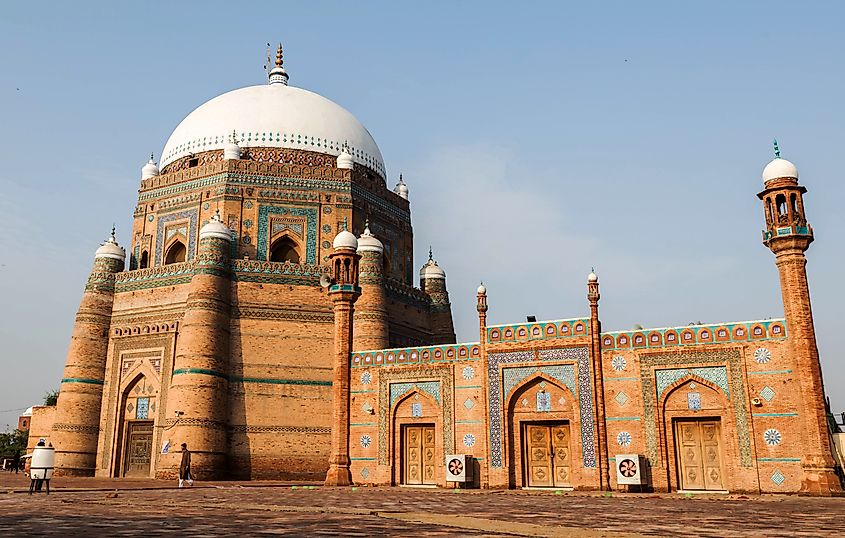
Multan is also known as the "City of Saints" due to the multitude of Sufi mystics that settled there in the 11th and 12th centuries, establishing it as a center of spirituality and learning in South Asia. The city boasts numerous Sufi shrines, which attract pilgrims and tourists alike.
The name "Multan" has ambiguous origins, possibly deriving from the Sanskrit for "frontier land" or as a reference to the ancient Malli tribe that inhabited the area.
Beirut, Lebanon (c. 2000 BC)
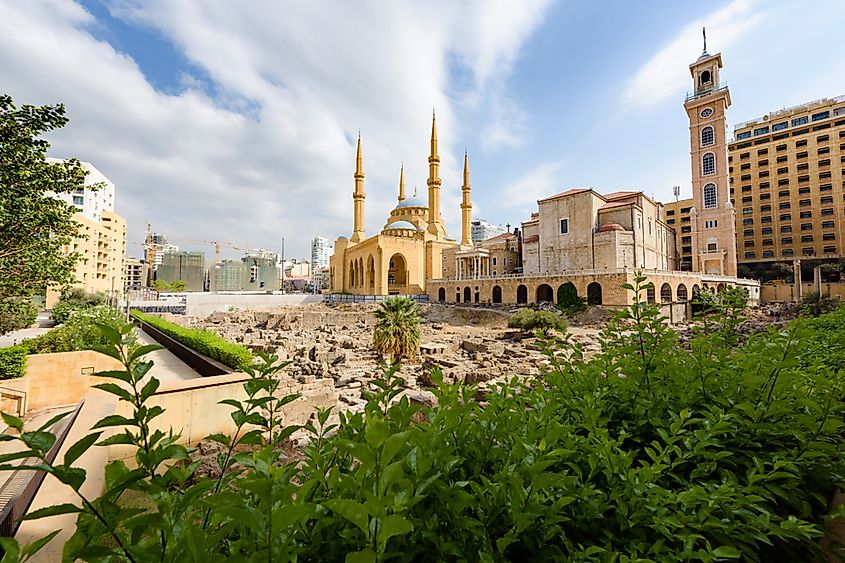
Beirut, the capital and largest city of Lebanon, has been continuously inhabited for over 5,000 years, placing it among the oldest in the world. Strategically located on a peninsula at the midpoint of Lebanon’s Mediterranean coast, Beirut has a population of approximately 2.5 million people, nearly half of the country's total population. This vibrant city serves as Lebanon's seat of government and a hub for the nation's economy, hosting numerous banks and corporations. Additionally, it functions as a crucial seaport for both Lebanon and the wider region.
Beirut’s past is evident in its architecture and the multitude of archaeological discoveries from Phoenician, Hellenistic, Roman, Byzantine, Arab, Crusader, Persian, and Ottoman times. Notably, Beirut was known as Berytus during Roman times, a period during which it flourished and was renowned for its law school, one of the most famous in the Roman Empire.
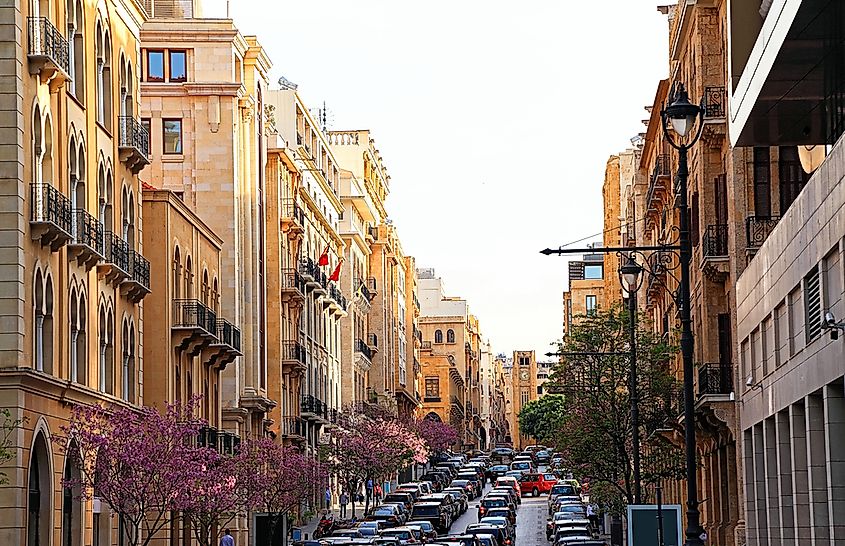
The city's name, Beirut, is derived from the Phoenician words "be'erot," meaning "wells," referencing the area's abundant water sources. Over the centuries, Beirut has endured many conflicts, including the Lebanese Civil War, the 2006 Lebanon War, and the devastating 2020 port explosion, each shaping its architectural and demographic landscape significantly. Despite these challenges, Beirut remains a symbol of resilience.
Ankara, Turkey (c. 2000 BC)
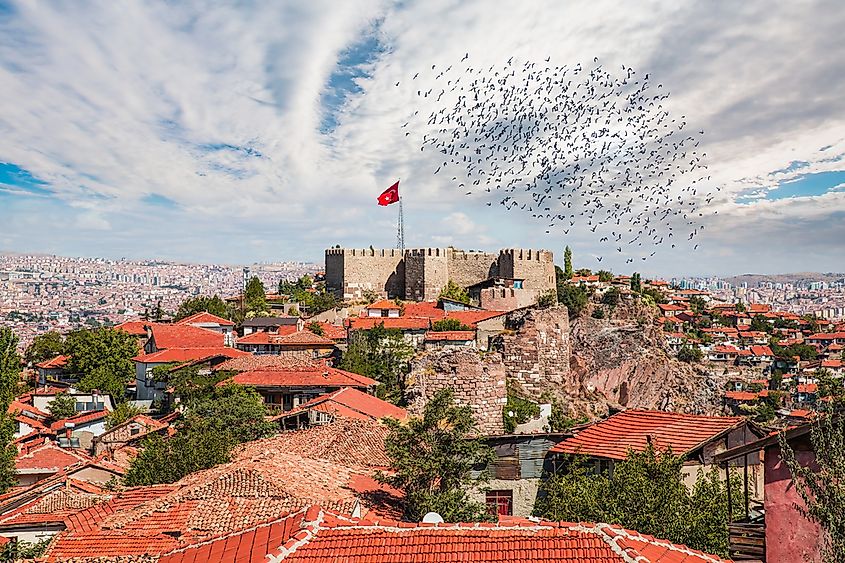
Ankara, the capital of Turkey, stands as the nation's second-largest city, with a population of 5.2 million in its urban center. Situated in central Anatolia, it serves as a key intersection of Turkey's road and railway networks. Historically known as Ancyra and Angora, Ankara has a fascinating past dating back to the Bronze Age with its Hattian, Hittite, Lydian, Phrygian, Galatian, Greek, Persian, Roman, Byzantine, and Ottoman heritage.
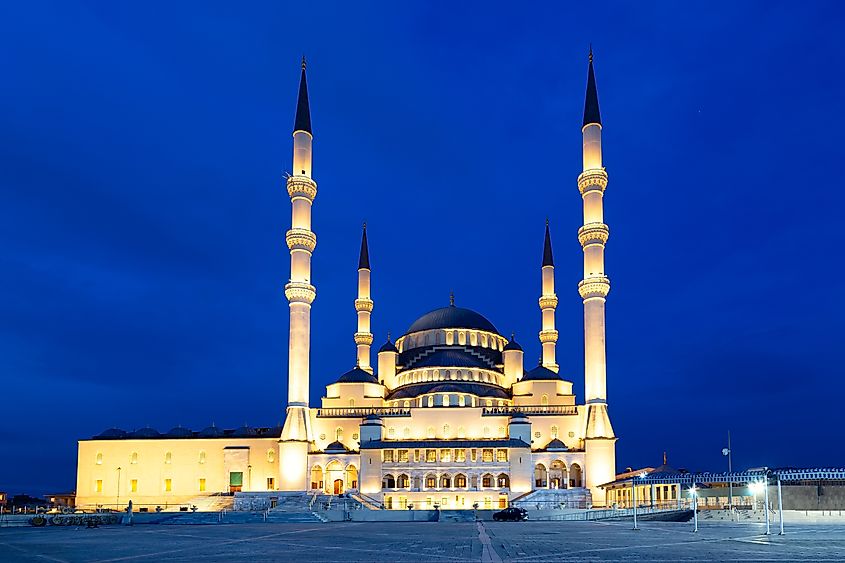
As the capital of the ancient Celtic state of Galatia from 280 to 64 BC and later the Roman province of the same name until the 7th century, Ankara has numerous archaeological sites. Noteworthy among these is the Temple of Augustus and Rome, which features the Monumentum Ancyranum, an inscription of the Res Gestae Divi Augusti. The city's historical significance continued as it became the epicenter of the Turkish National Movement during the Turkish War of Independence, with the Grand National Assembly established here on April 23, 1920. Ankara was designated the capital of the new Turkish Republic on October 29, 1923.
Ankara remains a vibrant city noted for its green spaces, with an average of 72 square meters of green area per inhabitant, despite its location in one of Turkey’s driest regions. The city is also famous for its native breeds, including the Angora rabbit, Angora goat, and the Angora cat.
